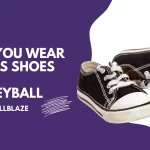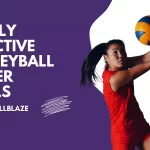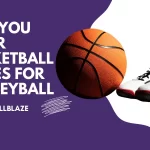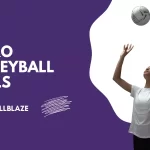In volleyball, precision and skill are required in numerous aspects, and serving sets the tone for each point. In order to maintain the integrity of the game, volleyball serving rules must be adhered to. The purpose of this article is to discuss serving rules, techniques, common errors, and FAQs related to volleyball serving.
There are many serving rules in volleyball, and if you’re not familiar with them, it can be difficult to determine what’s being asked for. The purpose of this article is to answer some of the questions you may have about serving and the rules that govern them.
Which person has the turn to serve?
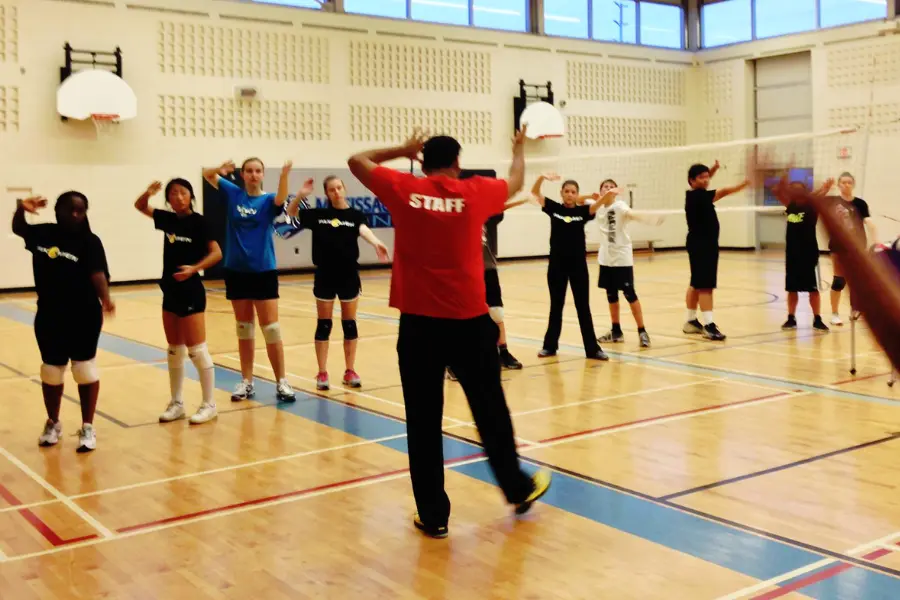
Your team’s next player to serve is the player in the back right corner of the court once all the players are lined up in their rotation positions. When the game or tie-breaker set begins, the coin toss determines which team will serve first. It will alternate back and forth on the other sets.
The person in the back right corner will serve first for your team, regardless of which team serves first. The same player will serve your team when you win the point.
The next time you regain possession of the service by winning a rally, your team rotates and the next server will be whoever moves into that position.
You may enjoy reading Volleyball Serving Rules
Can a serve hit the ceiling in volleyball?
Any serve that hits the ceiling is out of bounds, as is any serve that hits any other object.
There is a rule that as long as the ball goes up and down on the same side, contact with the ceiling is ignored when there is a low ceiling or obstacles along the ceiling (like a basketball goal).
In those “house rules”, you always consider a ball out of bounds if it makes contact with the ceiling and crosses the net.
It can be very difficult and unpredictable to play the ball that bounces off the ceiling or an obstacle. If you forced the other team to play that, it would be unfair. You should be proud if, however, your team makes the play!
If you hit the ceiling on your serve, you always lose the point since the serve must travel to the other side.
How Do Foot Faults Under The Net Work In Volleyball?
The term foot fault refers to two different violations. When the server steps over the end line before or during the serving motion, this is known as stepping on the line. A second type of event occurs under the net, or at the net.
Stepping across the center line into your opponent’s court is a foot fault under the net. Taking a step on the line is allowed, but crossing the line completely is not.
What Is A Foot Fault?
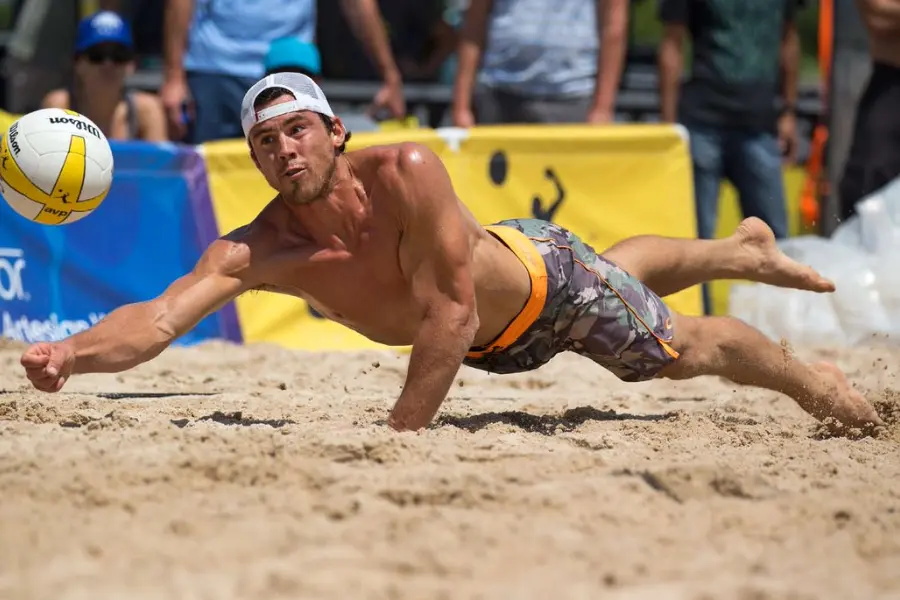
Prior to stepping on the end line or entering the court, the server needs to contact the volleyball and place it in play.
Foot faults occur when you step on or past the line before serving. Jumping, hitting the ball in the air, and landing on the line or inside the court is perfectly acceptable.
If a player wishes to serve, he or she should be aware of how close he or she can stand to the ball and take a comfortable approach. It will be easier to achieve this if you develop a consistent routine for serving.
Often, servers find it helpful to have a particular step that they take away from the line, bounce a few times, and pause to collect their thoughts. In this way, you can develop consistency that will enable you to serve from the same position every time.
To avoid stepping onto the line when stepping into an overhand serve, you need to leave yourself just a little more space than a regular step.
You may enjoy reading How to Set a Volleyball?
What is the best way to avoid service faults with a jump serve?
Developing a consistent and methodical approach to jump serving is crucial. As with your approach to hitting the ball, you should follow the same left-right-left steps. Make your jump serve approach consistent by practicing it until it becomes second nature.
Try this process during practice one day if you’re having trouble determining how far to start behind the end line:
- Someone else can help you. Your practice approach will be observed and kept track of. To make a temporary mark, I recommend using tape.
- As if you were serving away from the court, start at the end line, facing away from the net. This move must be executed with the same energy and power as it would be in a game. Steps that are slower, smaller, or less enthusiastic will not work.
- Place your starting line according to your partner’s suggestion.
- In your practice serve, start about six inches further away from where you left the floor.
- As soon as you’re comfortable that you know where you need to begin, pace this distance off at a normal, comfortable pace. Measure your foot length without putting your toes to your heels or anything like that.
You want to be able to do this casually without drawing attention or taking too much time in a game situation. It’s inevitable that you’ll have to walk back there, so practice keeping track as you walk past the end line, how many paces you need to be away from it as you pick up the ball.
It will take some time for you to get comfortable judging without counting or paying attention. As long as you are not wasting easy points, you should not lose them.
Can a player serve a long time?
From the time the referee blows the signal to make the serve, the server has 5-8 seconds (depending on the league or tournament rules). I guarantee that this is not enforced at the lower age levels, even though it may be at the international level.
To prevent players from stalling or drawing attention to themselves, this rule aims to keep the game flowing. The server has never been called for being over 8 seconds, but I have seen players referred for being over 8 seconds.
On Heidie’s club team, we had a player who consistently served long and consistently. The ball would always bounce in her hand as she tossed it, spinning it in between bounces. All season long, she did this every time.
During one tournament, we were able to tell the referee was really frustrated, but she wasn’t called for the delay. When the points were close and the game was intense, our server bounced her normal routine and fumbled the ball after the fifth bounce. The ball bounced a few steps away and our server lost the game.
A delay fault was immediately called by the ref. She had completely exhausted her patience. Our team paid a heavy price for the point.
Despite the importance of having a pre-serve routine, players should keep it short. You should be able to gather your thoughts and calm your nerves with a 5-second routine.
Can a player continue to serve for a long time?
One player is allowed to serve an unlimited number of times. It doesn’t matter how many points their team wins, they will keep serving. There are some exceptions to this rule, such as in some very young age groups, where players will give up after five consecutive serves. The reason for this is that it is common for one dominant server to take over a game at a young age.
When you’re older, you should be able to break even the best servers eventually, even if they are the best.
In order to maximize the possibility of a long streak of points, many coaches strategically place their most consistent and powerful servers at the beginning of their line-up.
Occasionally, a perfect game can be served by one server. It is the opponent’s responsibility to stop them if they can score 25 in a row (or 15 on a tiebreaker set).
You may enjoy reading Rally Scoring In Volleyball
How Does Screening Work And Is It Illegal?
In serving, your team cannot interfere with the other team’s view of the server or ball flight. An individual or a group of players can be called upon to do this. The purpose of this service is to prevent you from waving your arms, jumping or moving sideways.
It is common to see players hold up their hands in an effort to block their server from view. My understanding of their purpose has been the same for years.
Whenever the referee believes that is happening, it should be called.
What is the best place to serve in volleyball?
Traditionally, the back right corner was the rotational position for serving, so it made sense to serve from there.
Years ago, the serving rules were modified to make it fairer for all players, so you can serve anywhere beyond the end line, between the two sidelines. It follows that you must stand between the sidelines if the end line was extended beyond the sidelines (you must use your imagination).
Therefore, right-handed or left-handed people do not have an advantage. To serve from any angle, players may stand anywhere along the line.
How does the serving toss work in volleyball?
One toss of the ball is allowed according to international rules. Regardless of the outcome of the toss, that is your serve. It was not a successful hit if you tossed it and caught it, so you should lose the point.
That standard is not held by most leagues. The ball should not be thrown and caught, however, which is usually taught to players during their training. You were the service contact if you caught it.
In other words, if you toss the ball and realize it wasn’t a good toss, you let it bounce. Try again after catching it, regrouping, and trying again.
Occasionally, I’ve seen tournaments that have what’s called a “two bad toss rule”. The player loses his/her serve if they do two bad tosses in a row.
In this way, the original rule can be kept while allowing some room for error for younger players. There are some players who toss the ball and let it drop every single time, and they will even watch the opposing team rather than watch the ball. This is gamesmanship, and some leagues and tournaments won’t allow it.
What are the rules for blocking or spiked serves in volleyball?
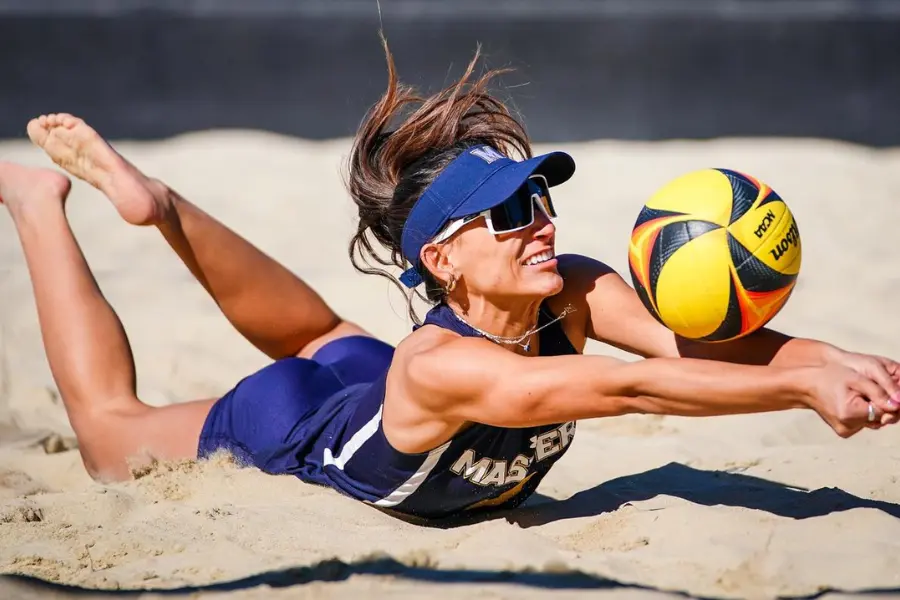
Volleyball serves cannot be blocked or spiked. It is impossible to do this under the rules because they are very clear and specifically designed to prevent it.
In tennis, you cannot play with the ball completely above the net on the first contact after the service. The only way to get around the net is to block or spike below it.
What is the rule in volleyball regarding serving?
Rotational positions require serving, but individual players do not. In place of a player who does not have strong serving skills, coaches can substitute players who do.
The coach usually sets up a substitution pattern so that players always know they play the front row and their partner plays the back (or vice versa). The coach typically indicates which of the two players will fill the position when you do this.
You may enjoy reading What Does Mh Mean In Volleyball?
What is the role of a libero in volleyball?
Liberos are not allowed to serve in international volleyball. One rotational position is allowed for liberos in the U.S. school system.
It is always a good idea to ask a local referee if you are not sure what the practice is in your area.
Is There A Problem When There Are Two Faults At Once?
In this case, a rotational fault will be called if a player is out of order at the time the service is made. It can also happen when someone decides at the last minute to substitute or do a libero replacement too late.
Service faults (wrong service order, incorrect execution, etc.) always take precedence over other faults. Therefore, if the server or their team made a mistake, they are contacted first.
As an example, if team A is serving and team B is not in rotation, the referee will wait until team A serves. As an example, if the server steps on the line while serving, then team A is called for a serving foul and team B is not.
The other fault has to be served legally to be taken into account.
Can you help a volleyball serve over the net legally?
Upon making contact with the ball, the server cannot touch anyone on their team before crossing the net. It is a service fault if it touches any player, regardless of whether it was intentional.
How Are Volleyball Serves Different?
Volleyball serves can be classified into four main types. A jump serve, a floater, a top spin, and an underhand serve are some of these types of serves. Everyone should work on mastering each of these to improve their confidence and skills.
How Would It Be If Someone Served Out Of Order?
The point and possession of the serve are transferred to your opponents if the wrong player serves because it’s not their turn. It is everyone’s responsibility to know who is serving and when their turn is to serve, if there are substitutions.
What is the purpose of waiting for the referee to whistle?
Whenever a play begins, the first referee must signal it. Play will be whistled dead and replayed if the server serves before the referee blows the whistle and motions for the serve.
As a result, the game becomes more consistent and flows better. In between points, there might be a timeout, a substitution, or some sort of distraction around the court. Before signaling the server to begin the next rally, the referee will ensure both teams are ready to play.
Can I serve with one hand?
Tossing or releasing the ball from the hands and then striking it with one hand or any part of the arm is the rule.
There are times when people assume that underhand serves are illegal after reading or hearing that rule because good players rarely serve underhand. The ball drops slightly right before the serving hand makes contact with the ball when underhand servers release the ball. An underhand serve is legal.
You may enjoy reading Grass Volleyball Rules

